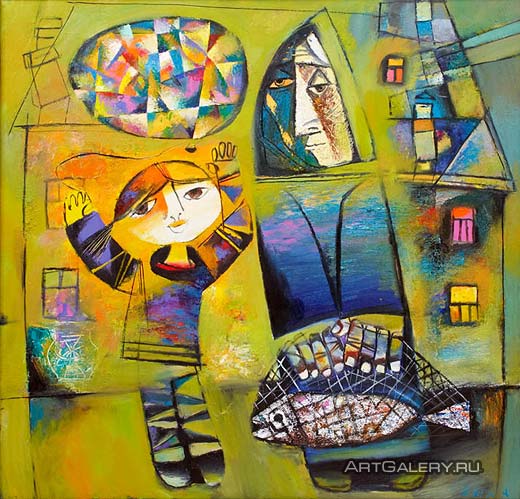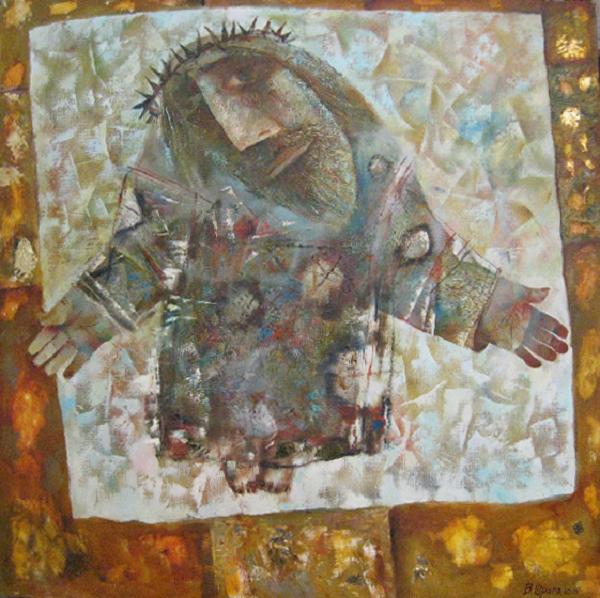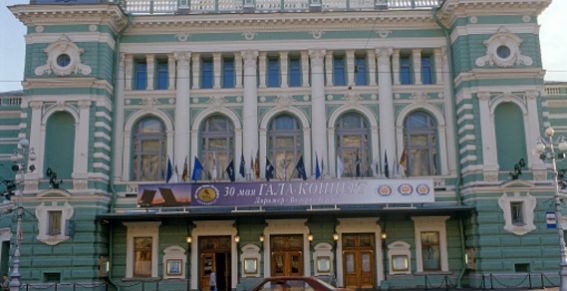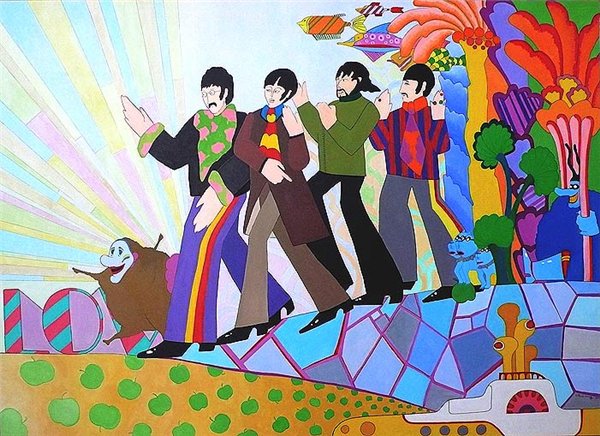
- •Английский язык
- •Предисловие
- •Семинар 1 тема: понятие «перевод». Переводоведение как научное направление. История переводческой деятельности. Виды перевода
- •Семинар 2 тема: переводческая эквивалентность
- •Рекомендуемая литература
- •Семинар 3 тема: переводческие трансформации
- •Рекомендуемая литература
- •Семинар 4 тема: способы перевода реалий
- •Рекомендуемая литература
- •Семинар 5 тема: интернациональная и псевдоинтернациональная лексика
- •Рекомендуемая литература
- •Семинар 6 тема: понятие «термин». Виды терминов. Способы их перевода.
- •Рекомендуемая литература
- •Семинар 7 тема: перевод словосочетаний
- •Рекомендуемая литература
- •Семинар 8 тема: тема-рематическая организация текста
- •Рекомендуемая литература
- •Семинар 9 тема: текстологические основы перевода
- •Рекомендуемая литература
- •Рекомендуемая литература
- •Семинар 11 тема: особенности перевода текстов публицистического и официально-делового стиля
- •Рекомендуемая литература
- •Библиографический список
- •Оглавление
- •Мариинский театр
Рекомендуемая литература
1. Барабаш, Т. А. Грамматика английского языка / Т. А. Барабаш. – М. : Высшая школа, 1983. – 240 с.
2. .Дмитриева, Л. Ф. и др. Английский язык. Курс перевода / Л. Ф. Дмитриева. – М. : ИКЦ «МарТ» ; Ростов н / Д : Издательский центр «МарТ», 2005. – 304 с.
3. Комиссаров, В. Н. Комиссаров, В. Н. Пособие по переводу с английского языка на русский [Текст] Часть 2 : Грамматические и жанрово-стилистические основы перевода : учеб. пособие для ин-тов и фак. иностр. яз / В. Н. Комиссаров, Я. И. Рецкер, В. И. Тарханов. – М : Всышая школа, 1965. – 287 с.
4. Мухортов, Д. С. Практика перевода : английский = русский : учеб. пособие по англ. яз. / Д. С. Мухортов. – М. : Высшая школа, 2006. – 255 с.
5. Худяков, А. А. Теоретическая грамматика английского языка : учеб. пособие для филол. фак. и фак. иностр. яз. вузов / А.А. Худяков. – М. : Academiа, 2005. – 253 с.
Семинар 9 тема: текстологические основы перевода
ЗАДАНИЕ 1
Назовите основные элементы коммуникативной ситуации текста.
Охарактеризуйте основные виды текстовой информации.
Дайте определение понятия «фоновая информация», «пресуппозиция».
Охарактеризуйте особенности перевода следующих текстовых элементов: композиция, заголовочные комплексы, средства когезии.
Охарактеризуйте текстовую категорию модальности и ее значение для процесса перевода.
ЗАДАНИЕ 2
Охарактеризуйте композиционную структуру следующих текстов:
-научного (учебник, курсовая работа, реферат, научная статья, рецензия, диплом, автореферат, диссертация);
-делового (патент, деловое письмо, договор, заявление).
ЗАДАНИЕ 3
Определите коммуникативное задание следующих текстов; проанализируйте представленные в них виды информации, средства когезии, укажите средства объективной и субъективной модальности. Выполните полный перевод текстов.
ТЕКСТ 1
A WORLD OF FANTASY



The traditional individual exhibition and graphic art by the world- famous St. Peterburg artist Vyacheslav Shraga, “A Winter’s Tale a Little Bull”, can be seen at the “S.P.A.S.” Gallery until 23 February. Shraga recreates in his works the bright colorful world inhibited by fabulous creatures that surrounds each of us in childhood, where every day is a whole story. They are imbued with boundless fantasy that can captivate even the experienced art lover. From 26 to 29 February the gallery is staging an exhibition of paintings by Victor Norkin, a remarkable artist from Moscow.
ТЕКСТ 2
THE MARIINSKY THEATRE

It is a famous theater that was opened on 2 October 1860 with a performance of Mikhail Glinka’s opera “A life for the Tsar”. It was named in honour of Maria, the wife of Emperor Alexander II. The origin of the modern Mariinsky was the building of the Gverr private circus, situated between the Krukov Canal and the Bolshoy Theatre. The circus shows were not in great demand, and theatrical productions began to be staged there periodically.
Following the fire of 1859, when the circus building was completely destroyed, the architect Albert Kavos designed a new opera theatre on the site (1859-1860). It was named the Mariinsky Theatre. In 1914 the theatre was provided with the curtain that become its emblem. It was based on sketches by the outstanding artist Alexander Golovin, though in 1952 the artist Simon Virsaladze changed the colour of the wings from dark red to light blue. From 1935 the theatre was known as the Kirov for many years.
ТЕКСТ 3
YELLOW SUBMARINE
By the “Beatles”
In the town where I was born lived a man who sailed the sea,
And he told us of his life in the land of submarines.
So sailed up to the sun till we found the sea of green.
And we lived beneath the waves in our yellow submarine.
W e
all live in a yellow submarine, …
e
all live in a yellow submarine, …
And our friends are all on board,
Many more of them live next door,
And the band begins to play…
ТЕКСТ 4
… Management is the process of achieving organizational goals through engaging in four major functions of planning, organizing, leading and controlling.
Planning is the process of setting goals and deciding how to achieve them.
Organizing is the process of allocating and arranging human and nonhuman resources so that plans can be carried out successfully.
Leading is the process of influencing others to engage in the work behaviors necessary to reach organizational goals.
Controlling is the process of regulating organizational activities so that actual performance conforms to expected organizational standards and goals.
